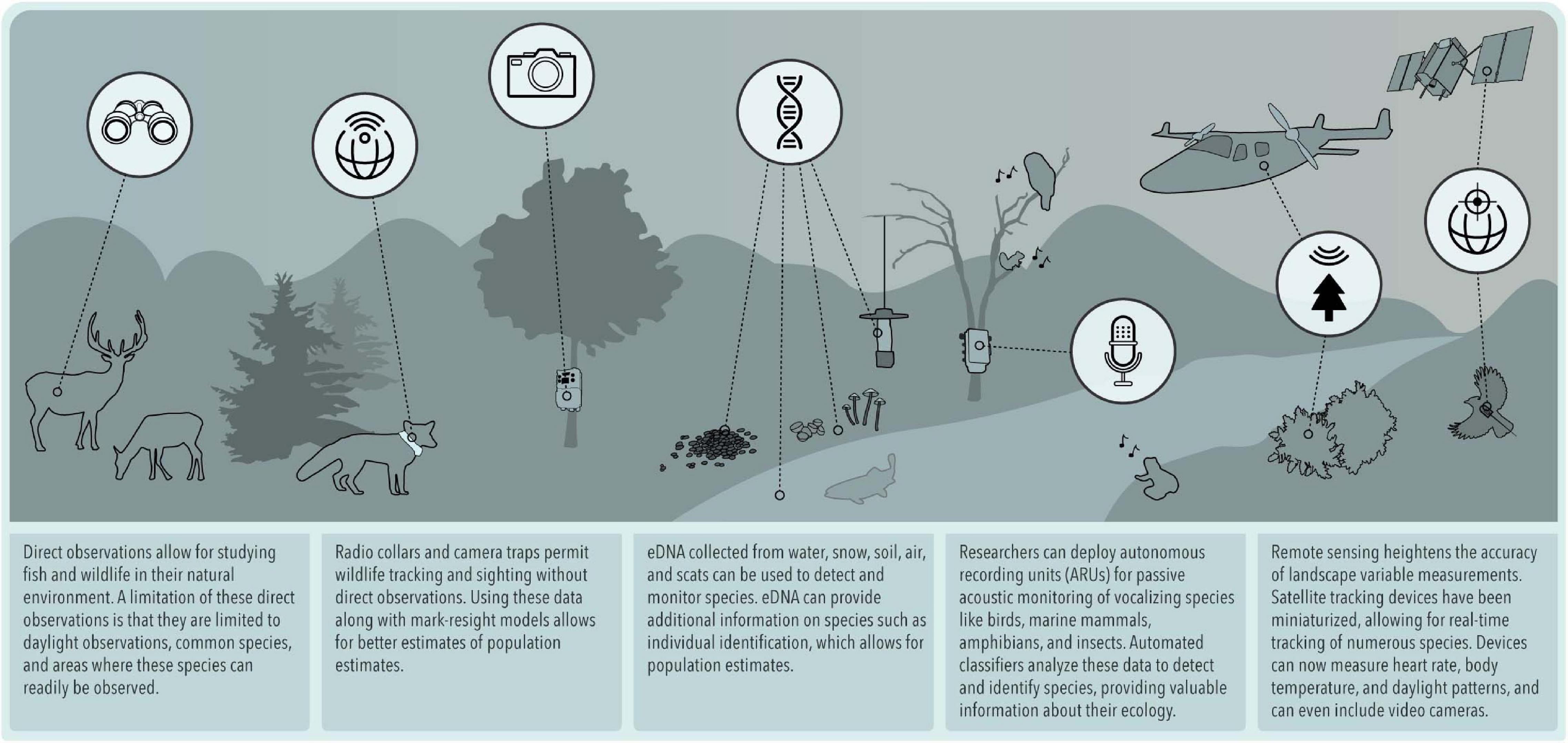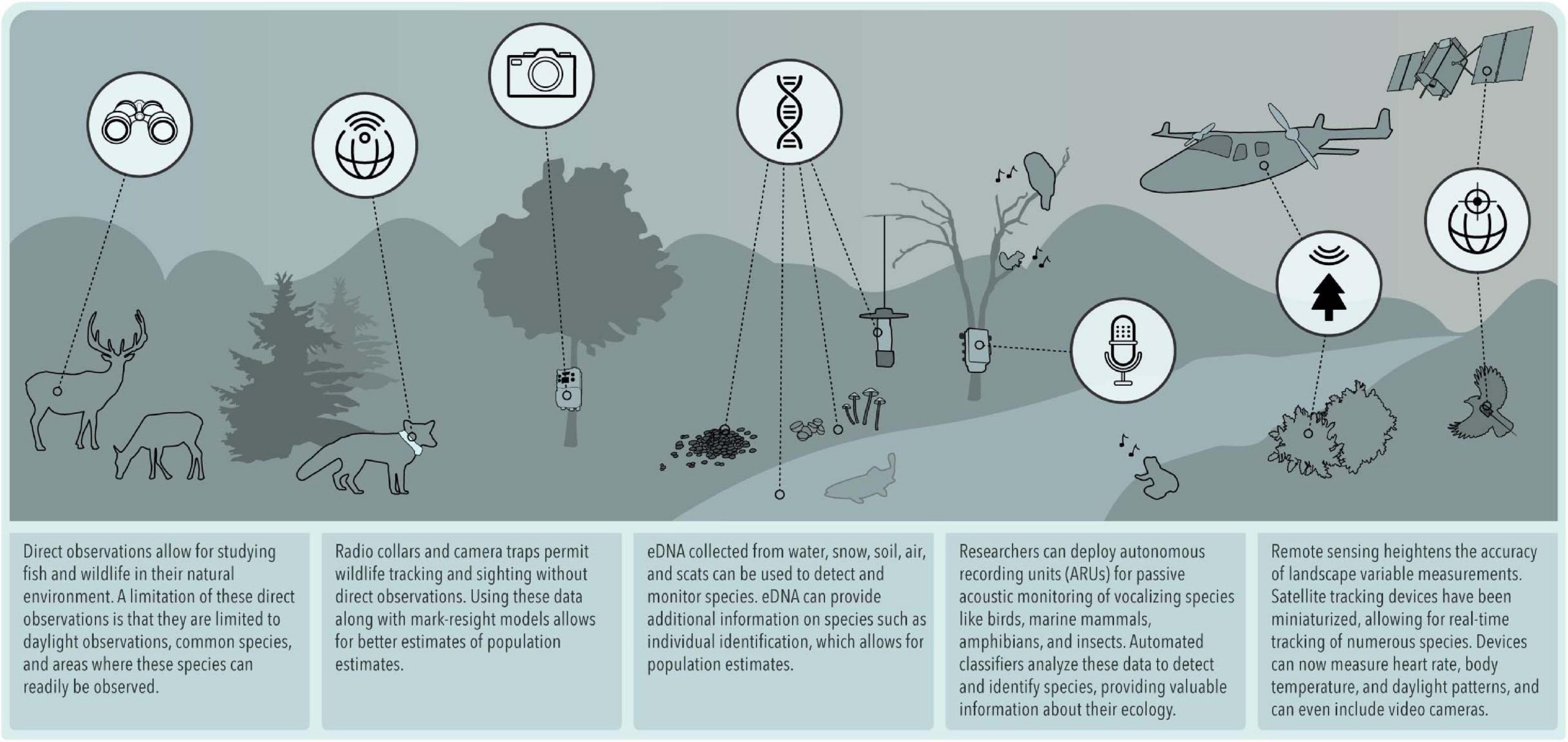
# Delving into the Captivating Realm of Human and Animal Senses
When contemplating senses, our thoughts frequently gravitate toward the “traditional five”: sight, hearing, smell, taste, and touch. This structure, established by Aristotle more than 2,000 years ago, acts as a foundational introduction during childhood to the ways we perceive the world. However, research has uncovered a more intricate and diverse sensory realm. Humans actually have far more senses than just the standard five, and animals have honed remarkable sensory abilities to thrive in their environments. Let’s explore some senses that may not have been part of your early education and see how they enhance our comprehension of perception.
—
## **Beyond the Essentials: Human Sensory Abilities**
### **Body Awareness: Proprioception and Kinesthesia**
Have you ever contemplated how you’re able to touch your nose with your eyes shut or ascend stairs in darkness? This is all made possible through *proprioception* and *kinesthesia*.
Proprioception refers to the brain’s capability to perceive the position and location of your body parts in space, while kinesthesia involves the understanding of your body’s movement. Together, they facilitate coordinated movement and balance. This function mainly relies on specialized sensory organs located in your muscles, known as *spindles*. Each muscle spindle entwines around muscle fibers, sensing stretches and relaying signals to your brain and spinal cord. This feedback allows you to maneuver through your surroundings even without visual cues.
—
### **Pain Perception: Nociception**
Pain, scientifically termed *nociception*, transcends being merely an unpleasant experience. It’s a vital defense mechanism that alerts the body to possible injury. Pain receptors, or *nociceptors*, become active when tissue is harmed, transmitting electrical signals through nerves to the spinal cord and brain. These signals yield the sensation of pain and may also incite reflex actions, like withdrawing your hand from a hot surface, even before your brain has fully registered the event.
Notably, the nerve pathways responsible for conveying pain signals are separate from those that transmit touch or proprioception information. This distinction guarantees the specificity and immediacy of pain as an essential survival mechanism.
—
### **Sensing Temperature: Thermoreception**
The capacity to perceive temperature, known as *thermoreception*, is facilitated by specialized receptors in the skin, commonly termed thermoreceptors. Some of these receptors are sensitive to heat, while others detect cold, and some can recognize both. Temperature signals travel along the same nerve fibers as pain, which explains why extreme temperatures can be felt as painful. This overlap underscores the role of the sensory system in shielding the body from adverse environmental conditions.
—
### **Maintaining Balance: The Vestibular System**
Your sense of balance is another often-overlooked yet vital sensory capability. Found within the inner ear, the *vestibular system* consists of three semicircular canals filled with fluid, which house tiny hair cells. As you move, the fluid inside these canals shifts, and the hair cells detect this movement. Each canal corresponds to a distinct axis of motion—pitch, yaw, and roll—enabling you to maintain stability and orient yourself in space. Without it, even the simplest task of standing would become difficult.
—
## **Remarkable Senses Among Animals**
Humans aren’t the sole creatures with fascinating sensory faculties. A variety of animals have evolved extraordinary ways to sense their environment and satisfy their ecological needs.
### **Echolocation: Navigating Through Sound**
Bats, dolphins, and other species utilize *echolocation*—a natural sonar system—for navigation and hunting purposes. These creatures produce high-pitched clicks or whistles and listen for the echoes that bounce back from objects. By interpreting the time delay and characteristics of the echoes, they can ascertain the size, distance, and speed of nearby objects or prey.
Interestingly, individuals with visual impairments can also master echolocation using tongue clicks or tapping canes. The sound waves created bounce off nearby surfaces, and the returning echoes convey information about objects in the vicinity—a remarkable demonstration of the adaptability of the human brain.
—
### **Sensing Electricity: Electroreception**
Did you realize that sharks and rays can perceive the electrical signals emitted by other animals? Utilizing specialized sensory organs known as *ampullae of Lorenzini*, these predators can find prey concealed beneath sand or mud. Electric fish, like electric eels, can even generate electric fields for communication or self-defense.
While less prevalent among land-dwelling organisms, electroreception is a significant sensory adaptation in aquatic environments. Given that water conducts electricity, these animals can detect the faint electric signals produced by muscle actions or nervous system activities of their prey.
—
### **Detecting Magnetic Fields: Magnetoreception**
Migration stands out as one of nature’s most breathtaking processes. Birds, turtles, bees, and various other animals depend on *magnetoreception* to sense Earth’s magnetic field, using it as a built-in GPS system for navigation. Researchers believe that this ability might involve two primary mechanisms:
